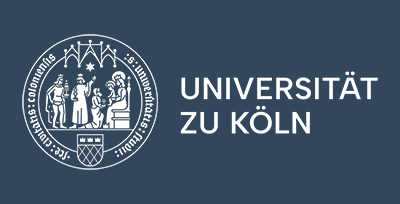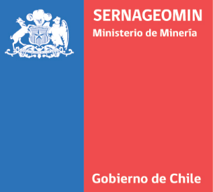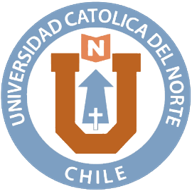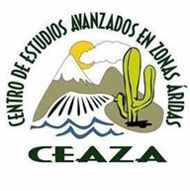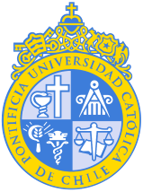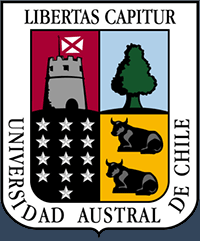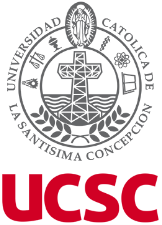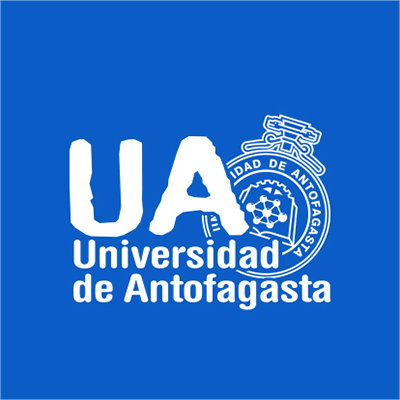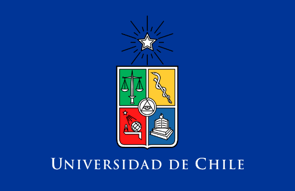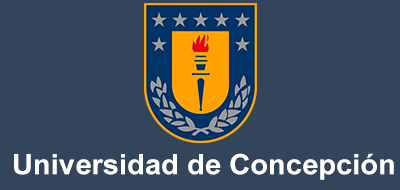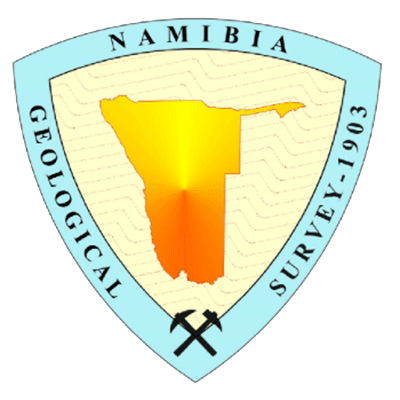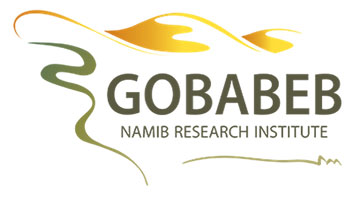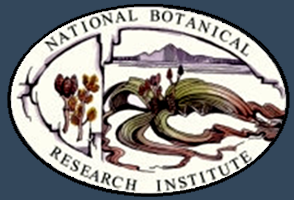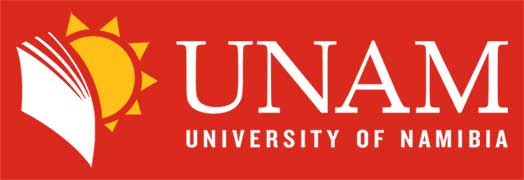CRC 1211 ‘Earth – Evolution at the Dry Limit’, which is now entering the third funding period, investigates the mutual relationships between biological and landscape evolution in the driest deserts on Earth (Atacama and Namib), where both biological activity and Earth-surface processes are limited by the availability of liquid water. In the first two funding phases, the research team focused on the development of new experimental and numerical methods and on the dynamics of hyper-arid soil-landscape systems and the hyper-arid biosphere.
Their results describe the characteristics of biological activity on the basis of the water availability on habitable Earth and characterize the Earth-surface processes that occur in the absence of liquid water. From this, the researchers define threshold values for the possibility of biological life as well as tipping points of the Earth’s surface systems.
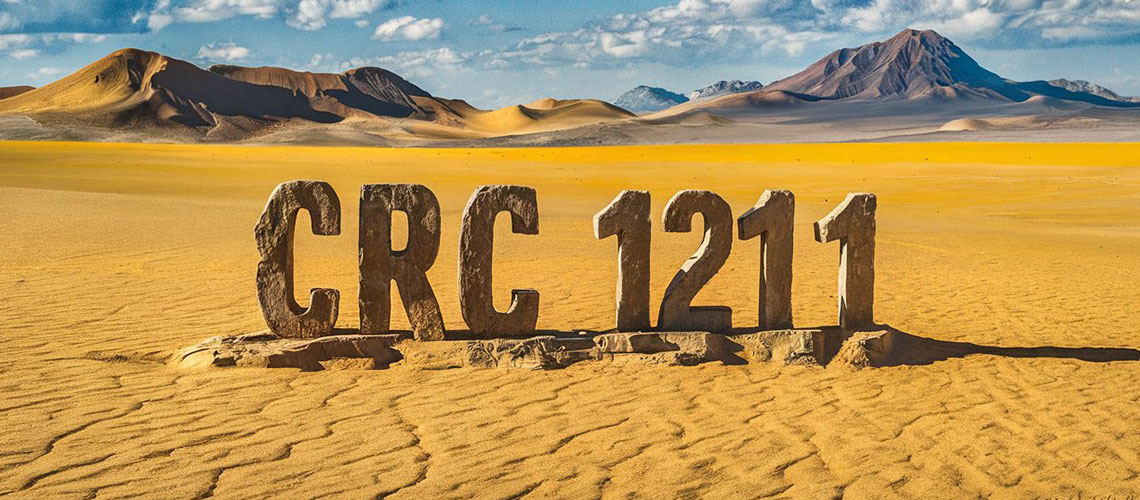
The designated speaker for the third funding period, Professor Dr. Tony Reimann, said: “We originally assumed that there is no higher biological life in the driest parts of the Earth and therefore no influence of the biosphere on the evolution of the Earth’s surface, for example with regard to soil formation. We were able to clearly disprove this hypothesis. In the third funding period, we now want to focus on a field that is not well understood: the co-evolution between the hyper-arid biosphere and the respective soil-landscape systems in the context of climate and environmental changes over the last 15 to 20 million years.”
In addition to the University of Cologne as the managing university, the Universities of Frankfurt/Main, Bonn, Bochum and Heidelberg as well as RWTH Aachen University and the Helmholtz Centre Potsdam GFZ German Research Centre for Geosciences are involved.



